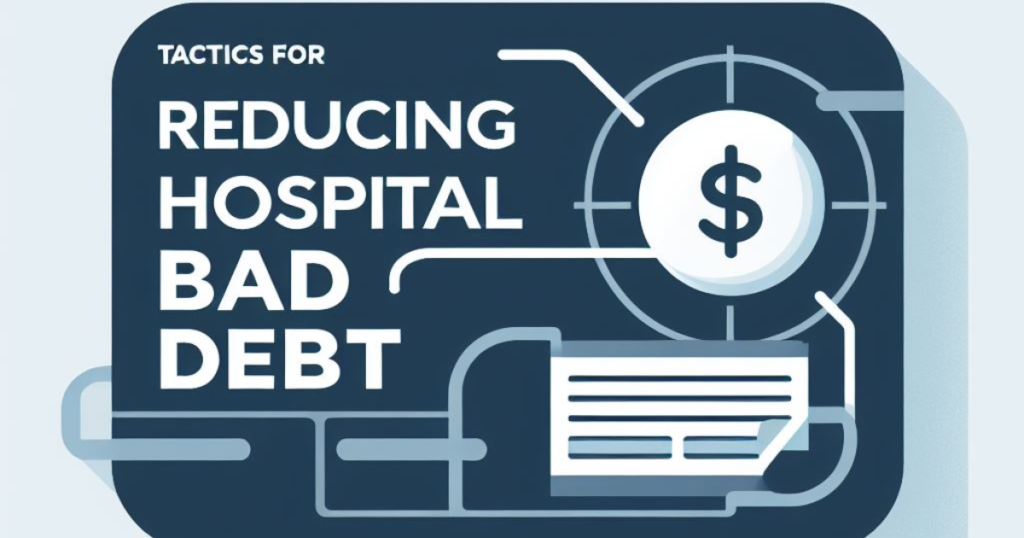
Credentialing is an essential part of setting up a new Healthcare practice. It ensures that the provider has met all state and national requirements for professional licensure, qualifications, and any other specified criteria for providing Healthcare Services. The Credentialing process in healthcare helps to ensure quality care by verifying the Provider’s ability to provide safe and effective care for their patients.
How Do You Start The Credentialing Process in Healthcare?
1) Select insurance companies
The first step in starting the insurance credentialing process is to select which insurance companies you would like to Credential with. It is important to consider factors such as the type of patients your practice typically serves, the number of plans available in your area, and any partnerships or negotiations you have made with other Providers that limit plan selection.
2) Gather the necessary documents
Once you have selected the appropriate plans, you will need to gather the necessary documents and information required by each insurance company. This may include professional licensure information, malpractice insurance certificates, office locations, and other practice-related documents. Additionally, you may need to submit fees and contracts to finalize your credentials.
3) Verify the accuracy of Healthcare documents
It is also essential that you verify the accuracy of all documents submitted as part of the Credentialing process in healthcare.
4) Review by insurance companies
Once the payors receive your applications, they’ll review the information and decide whether to accept you as an In-Network Provider or not. If accepted, you’ll then need to verify your Credentials and provide additional documentation such as proof of licensure, malpractice coverage, and training certificates. This process can take several weeks or even months to complete.
5) Submit the application
Once this is completed, you can begin submitting your application for Credentialing with each plan.
This is just the start. Once you have applied, you need to ensure that your application is being processed smoothly. In case of any errors or delays, you have to continuously follow up, review and enable the changes required to speed up your Credentialing.
It is a tedious process. It can involve a lot of back and forth, depending on how you fill out your applications. The decision of picking the right insurance companies and plans requires significant time and focus. Credentialing can be a daunting task for new Healthcare Practitioners since it involves gathering and submitting a large amount of information to each insurance payor. This process can also take several weeks or even months to complete, making it time-consuming and potentially stressful. Additionally, the requirements for Credentialing may vary from one insurer to another, so you may need to become familiar with each plan’s specific requirements.
Several factors can cause delays in Medical Credentialing. You want to be aware of them and mitigate the risks as much as possible because slow Credentialing means loss of revenue. It can also mean claim denials and an overall impacted career in Healthcare. You need a dedicated resource to manage Medical Credentialing seamlessly. Also, this is not a one-time formality. You have to review and update your status by Re-Credentialing every 2-3 years.
Is It Possible to Engage a Medical Billing Credentialing Specialist for External Expert Assistance in Medical Credentialing?
The entire process may seem overwhelming, but with expert assistance from medical billing credentialing specialists, you can make this process look simple and seamless.
Research Potential Credentialing Partners
Identify the organizations that enable Credentialing for Healthcare Providers in your area and consider which one is best suited to meet your needs.
Contact Credentialing Experts
Reach out to the chosen Credentialing expert and ask for their application packet.
Complete Credentialing Packet
Fill out the application packet and attach all required documents. Submit the packet to the Credentialing partner for review. An easy tip is to find a partner who can get most of your documents by themselves by asking you for just the basic information. For example, At Apaana Healthcare, we ask you only for basic information and extract the rest from our integration with national databases.
Wait For a Response or Track it live
The Credentialing partner will review your application, contact insurance companies, and update you on the status of your application.
With Apaana Healthcare, you can also review the status of your application in real-time using their proprietary in-house tool called Apaana-PULSE.
Overall, Medical Credentialing requires a lot of organization and paperwork. It’s important to understand the requirements of each plan and make sure that your application is accurate and complete. Working with a Credentialing Specialist partner can help you streamline this process, saving time and ensuring that all necessary documentation is in order. Having an expert handle your Medical Credentialing will also maximize your chances of being accepted into more insurance networks, which can help you grow your practice.
Good luck! :)
I hope this helps you to understand the Medical Credentialing process better and comprehend what needs to be done for you to become a part of an Insurance Network Provider.
For more questions, you can check FAQs here or, get in touch with an Apaana Credentialing Specialist for a zero-fee, discovery call.




